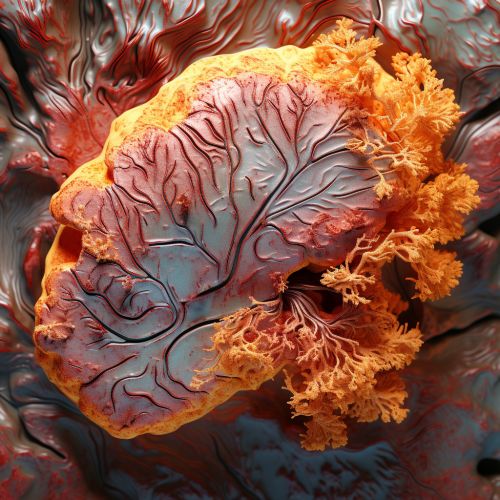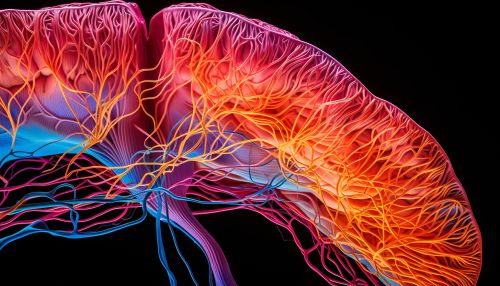Cognitive Neuroscience of Visual Object Recognition
Introduction
Cognitive neuroscience is a branch of neuroscience that studies the biological processes that underlie cognition, especially the neural connections in the brain which are involved in mental processes. Visual object recognition, a key aspect of cognition, is the ability to identify and categorize objects based on visual input. This article will delve into the cognitive neuroscience of visual object recognition, exploring the neural mechanisms and processes involved in this complex cognitive function.
Visual Object Recognition: An Overview
Visual object recognition is a cognitive process that involves identifying and categorizing objects based on visual input. This process is essential for everyday tasks such as identifying faces, reading, and navigating the environment. The ability to recognize objects is a fundamental aspect of human cognition, and it is supported by a complex network of brain regions.


Neural Mechanisms of Visual Object Recognition
The neural mechanisms of visual object recognition involve several areas of the brain, primarily the occipital and temporal lobes. The occipital lobe, located at the back of the brain, is primarily responsible for processing visual information. The temporal lobe, particularly the inferior temporal cortex, plays a crucial role in object recognition and categorization.
The Role of the Occipital Lobe
The occipital lobe is the primary visual processing area of the brain. It contains the primary visual cortex (V1), which receives visual input from the retina via the lateral geniculate nucleus of the thalamus. The V1 is responsible for the initial processing of visual information, including the detection of basic features such as color, motion, and orientation.
The Role of the Temporal Lobe
The temporal lobe, specifically the inferior temporal cortex, is crucial for object recognition. The inferior temporal cortex receives processed visual information from the occipital lobe and further processes this information to enable the recognition and categorization of objects.
Theories of Visual Object Recognition
Several theories have been proposed to explain the cognitive and neural mechanisms of visual object recognition. These include the template matching theory, the feature detection theory, and the recognition-by-components theory.
Template Matching Theory
The template matching theory suggests that the brain recognizes objects by comparing the visual input with a set of templates stored in memory. If the visual input matches one of these templates, the object is recognized.
Feature Detection Theory
The feature detection theory proposes that the brain recognizes objects by detecting specific features, such as lines, edges, and angles. These features are then combined to form a representation of the object.
Recognition-by-Components Theory
The recognition-by-components theory, proposed by Irving Biederman, suggests that the brain recognizes objects by breaking them down into a set of basic components, known as geons. According to this theory, there are about 30 geons that can be combined in various ways to represent any object.
Visual Object Recognition Disorders
Disorders of visual object recognition, known as visual agnosias, can occur as a result of brain damage. These disorders can be broadly categorized into apperceptive agnosia and associative agnosia.
Apperceptive Agnosia
Apperceptive agnosia is a disorder in which individuals are unable to recognize objects due to a failure in the early stages of visual processing. Individuals with this disorder have difficulty forming a coherent perceptual representation of the object.
Associative Agnosia
Associative agnosia is a disorder in which individuals can form a perceptual representation of an object but are unable to associate this representation with semantic knowledge about the object. In other words, they can see the object but cannot recognize or name it.
Conclusion
Understanding the cognitive neuroscience of visual object recognition is crucial for understanding how we perceive and interact with the world around us. This complex cognitive function involves several areas of the brain and is subject to various theories and potential disorders. Further research in this field can provide valuable insights into the neural mechanisms of cognition and may have implications for the diagnosis and treatment of cognitive disorders.
